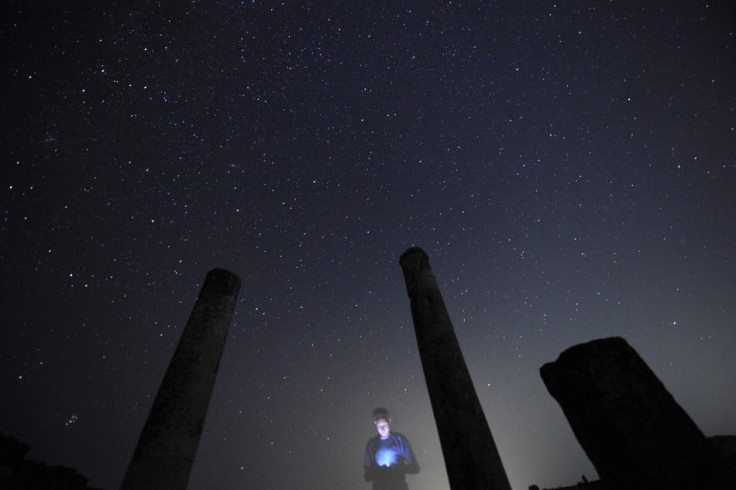Astronomical Events November 2014: Full Moon, New Moon, Taurids And Leonids Meteor Showers And More

Mark your calendars! Some delightful celestial events providing spectacular views for the sky gazers are in store this month. This November, sky watchers can enjoy an array of astronomical events such as Leonid and Taurids meteor showers. Here is a guide to the sky events lighting up the November sky. Also find out which planets are easily visible during this month.
Full Moon: According to Sea and Sky's Astronomy Calendar of Celestial Events for Calendar Year 2014, the full moon will occur on Nov. 6. November's full moon is referred to as "Full Beaver Moon" or "Frosty Moon" by the American tribes. The event reaches its peak at 22:23 UTC when the moon will be positioned directly opposite Earth and the sun.
South Taurids Meteor Shower: On Nov. 5 and Nov. 6, the South Taurid Meteor shower will reach its peak. It is reportedly a minor meteor shower that produces not more than 10 meteors per hours. Usually, the astronomical event occurs from Sept. 7 to Dec. 8 and reaches its peak at this time of the year. However, according to Sea and Sky, due to the occurrence of full moon on the same day, sky gazers will not be able to enjoy the astronomical event fully. The Web site states that the best view of the meteor shower will be available "just after midnight." It is suggested that enthusiasts take the opportunity to enjoy the meteor shower "from a dark location away from city lights."
According to Yahoo UK, the event is also called "Halloween fireballs." The online publication suggests that the best night to view the ongoing meteor shower is Nov. 12 as the sky will see "about four hours of dark and moonless skies."
New Moon: On Nov. 22, New Moon will occur. According to Seasky.org, the event peaks at 12:32 UTC. Due to the lack of moon light, sky gazers will be able to easily observe other celestial bodies.
Leonids Meteor Shower: Following the minor meteor shower, the November sky will host an average meteor shower peaking on Nov. 17 and 18. According to the aforementioned astronomical events publication, this is a "unique" celestial event because it has a "cyclonic peak every 33 years where hundreds of meteors per hour can be seen." The last occurrence was reportedly in 2001. It is suggested that the view can be enjoyed after midnight.
Space.com reports that 2014's November sky will host "grand conjunction" wherein six objects belonging to the solar system will come as close as spreading in an area less than 20 degrees wide. The sun, the moon, Saturn, Mercury, Ceres and Venus will be part of it. The event occurs on Nov. 22 and peaks at 7:32 a.m. EST.
As for the planets' visibility, the site notes that sky gazers from Northern Hemisphere can easily spot Mercury in the morning sky for the most part of the first half of November. Jupiter can also be seen during the late evening hours in the constellation Leo. To view Uranus, sky watchers can look out for it in the Pisces in the evening skies.





















